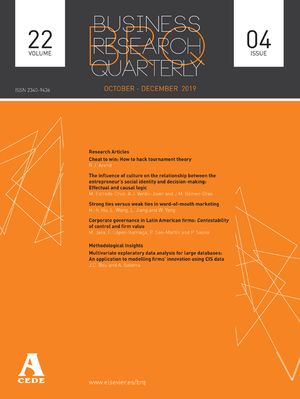The creation of value for individuals through strong, favourable and unique brand associations (branding) is required in order to develop a more competitive position for organizations and, in particular, for tourist destinations. In this context it is necessary to develop a more complete study on the brand image formation, which is the central element of destination branding. In this study it is established a new and improved framework that includes stimulus factors –i.e. informational familiarity and experimental familiarity– and personal factors –i.e. motivations, values and demographic characteristics–, as well as the role of the tourist's involvement and the reliability of information in the formation of destination brand image. After polling 807 tourists who were visiting a holiday destination, the results indicate that: 1) the stimulus factors and personal factors have a different influence on destination image; and 2) the reliability of information is a quasi-moderator variable.
La creación de valor para los individuos mediante asociaciones de marca favorables, fuertes y únicas, conocido como branding, resulta básico en el logro de un buen posicionamiento de las organizaciones en general y de los destinos turísticos en particular. En este contexto se hace necesario un estudio más completo de la formación de la imagen de marca, elemento central del branding de destinos. Este trabajo aporta una nueva y más profunda visión de la formación de la imagen de destino analizando la influencia de los factores estímulo –familiaridad experimental e informativa– y los factores personales –motivaciones, valores y características demográficas–, así como el papel en este proceso de dos variables comportamentales clave: implicación del turista y fiabilidad percibida de la información. Después de encuestar a 807 turistas que estaban visitando un destino vacacional, los resultados demuestran que en la formación de la imagen de marca del destino influyen de modo diferente los factores estímulo y los personales y, además, que la fiabilidad de la información actúa como variable cuasi-moderadora.




